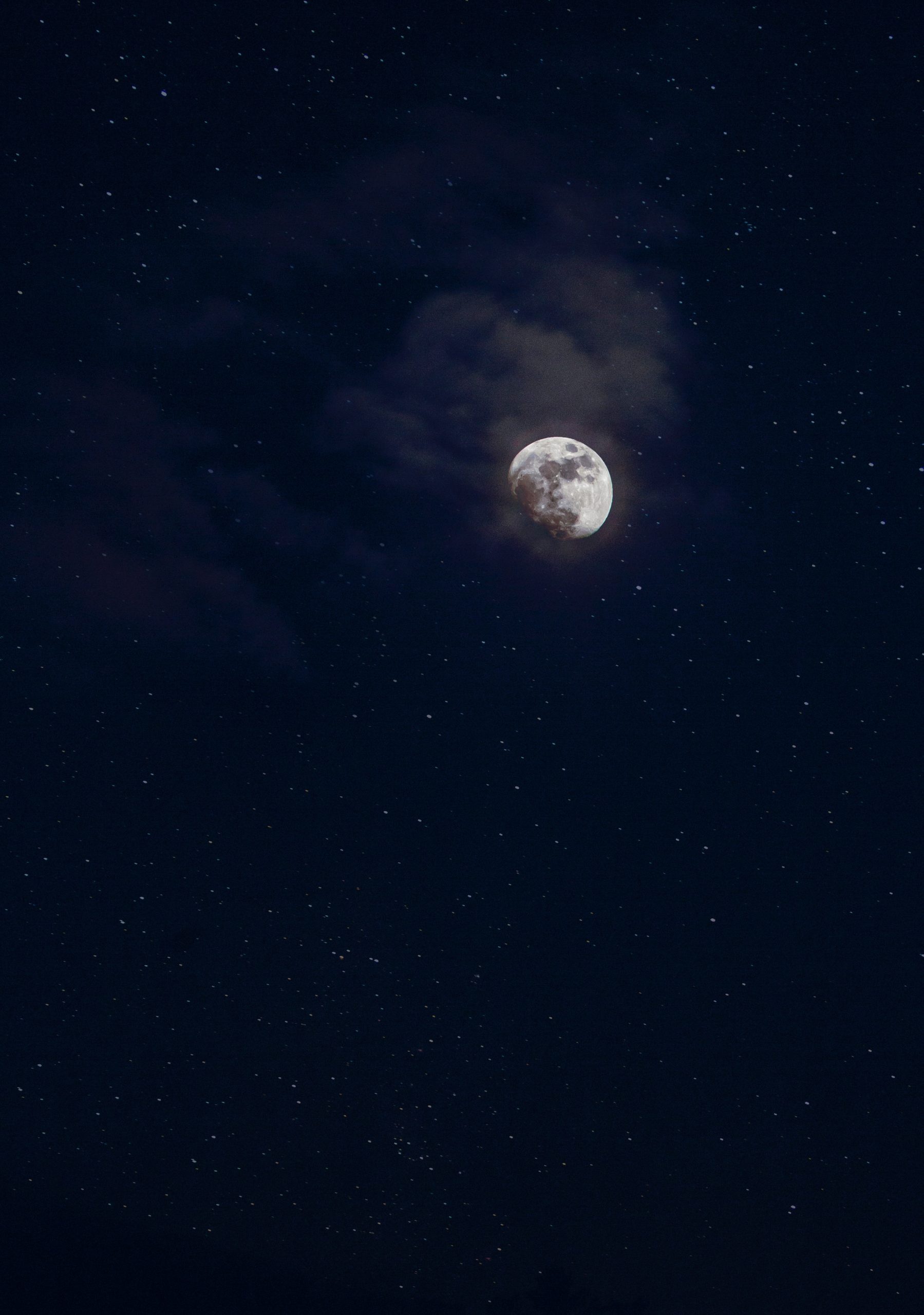Moon Phases for Planting Vegetables: A Comprehensive Guide
The moon has long been associated with various natural phenomena, and its effect on gardening is one intriguing topic that has caught the attention of many avid gardeners. The belief that the moon’s phases can influence the success of planting vegetables has been passed down through generations. In this blog post, we will explore the different moon phases and understand how they are believed to impact vegetable gardening. So, grab your gardening gloves, and let’s dive into the fascinating world of moon phases for planting vegetables!
The Connection Between Moon Phases and Vegetable Planting
The moon has been a subject of wonder and fascination since ancient times. Many ancient civilizations, including the Babylonians and Greeks, observed the moon’s movement and its correlation with various natural processes. When it comes to planting vegetables, the moon’s influence is believed to affect several factors, including plant growth, root development, seed germination, and overall crop yield.
The basis of the lunar planting theory is rooted in two main principles: the moon’s gravitational force and its cycle of waxing and waning. It is believed that the moon’s gravitational pull affects the moisture content in the soil, influencing plant growth. Moreover, as the moon goes through its different phases, the amount of light it reflects varies, potentially affecting the growth and development of plants.
The Four Primary Moon Phases and Their Implications
To fully understand the moon’s influence on planting vegetables, it is essential to familiarize ourselves with the different moon phases and their respective implications. The four primary moon phases are:
- New Moon
- First Quarter (Waxing Crescent)
- Full Moon
- Last Quarter (Waning Crescent)
1. New Moon
During the new moon phase, the moon is not visible from Earth as it lies between the Earth and the Sun. This phase is considered as the perfect time for planning, organizing, and preparing your garden for the upcoming planting season. It’s a time when gardeners focus on maintenance tasks, soil preparation, and making necessary adjustments to their gardening equipment.
2. First Quarter (Waxing Crescent)
As the moon starts to become visible again, we enter the first quarter phase, also known as the waxing crescent phase. This phase is believed to be the best time for planting above-ground crops such as leafy greens, legumes, and annual herbs. The increasing moonlight during this phase is believed to enhance leaf growth and help plants establish a strong foundation.
3. Full Moon
The full moon is perhaps the most well-known and magical phase of the lunar cycle. Traditionally, it has been associated with fertility and abundance. During this phase, sap flow increases, making it an ideal time for planting below-ground crops such as root vegetables, bulbs, and tubers. The gravitational pull during the full moon is thought to promote strong root development and increase crop yields.
4. Last Quarter (Waning Crescent)
The last quarter phase, also referred to as the waning crescent phase, occurs just before the new moon. This is considered an ideal time for garden maintenance, pruning, and pest control. The decreasing moonlight during this phase is believed to slow down above-ground growth, making it an opportune time to focus on tasks other than planting.
Myth or Science?
While the concept of lunar planting has been around for centuries, it is important to note that scientific evidence supporting its effectiveness is limited. Many scientific studies have tried to determine the validity of lunar planting theories, but the results have been inconclusive or conflicting.
It is crucial to remember that other factors, such as soil quality, temperature, sunlight exposure, and appropriate planting techniques, have a more significant impact on the success of vegetable gardening. However, some gardeners still practice lunar planting out of tradition or personal belief.
Conclusion
The moon has captivated humanity throughout history, and its influence on various aspects of life is undeniable. While the connection between moon phases and vegetable planting may lack scientific support, the tradition and belief associated with lunar planting continue to intrigue and inspire gardeners worldwide.
Whether you choose to follow the lunar planting theories or not, there’s no denying the joy and satisfaction of growing your own vegetables at home. So grab your shovels, sow your seeds, and let nature take its course, with or without the moon’s guidance. Happy gardening!
Table of Contents
